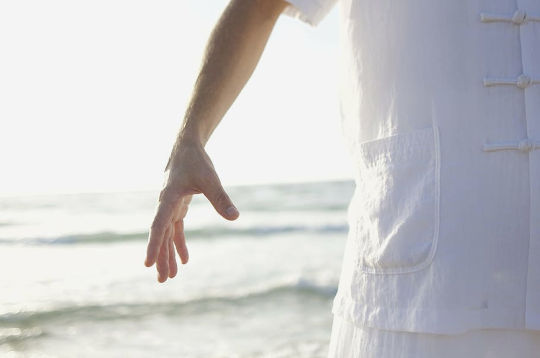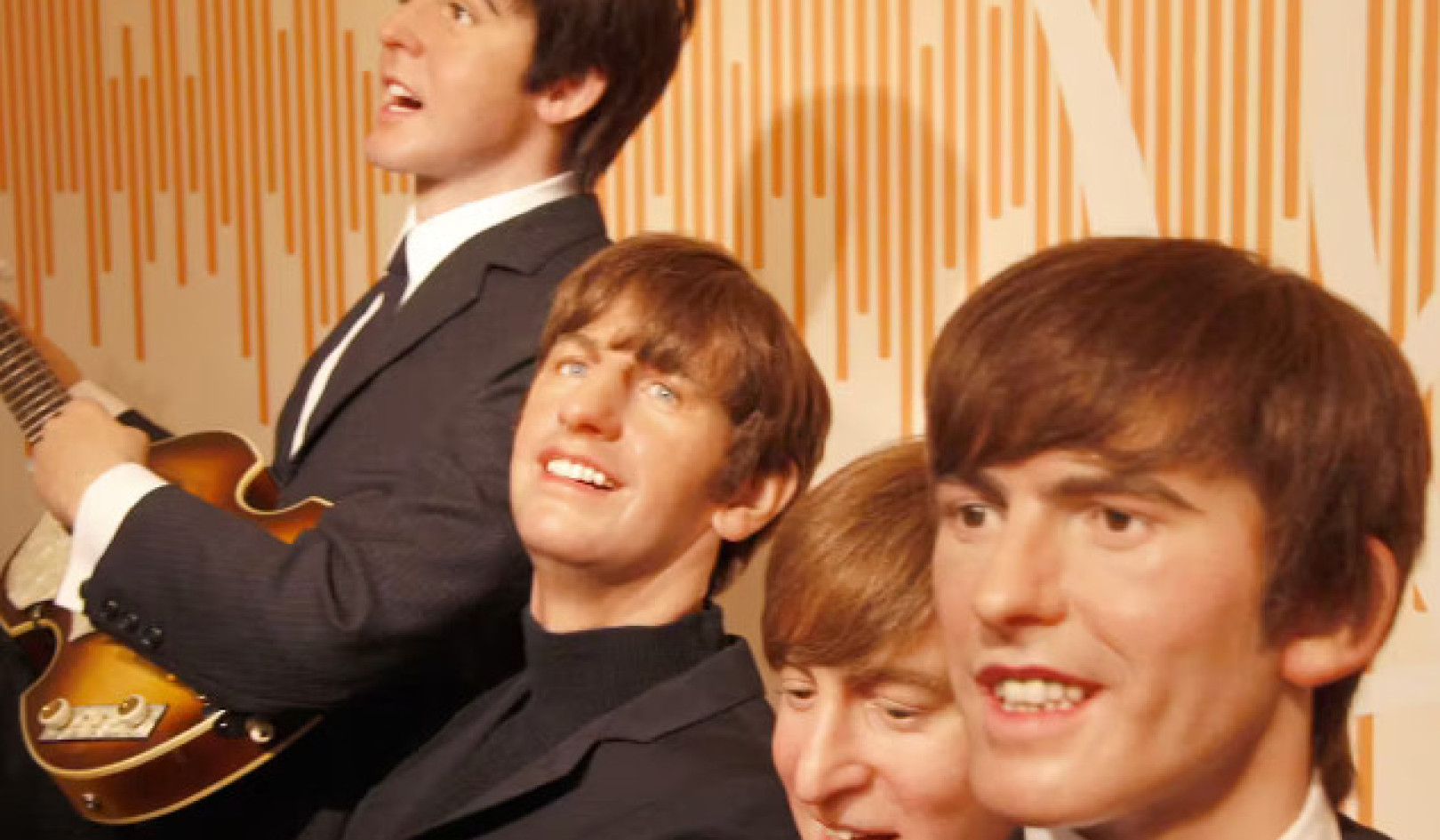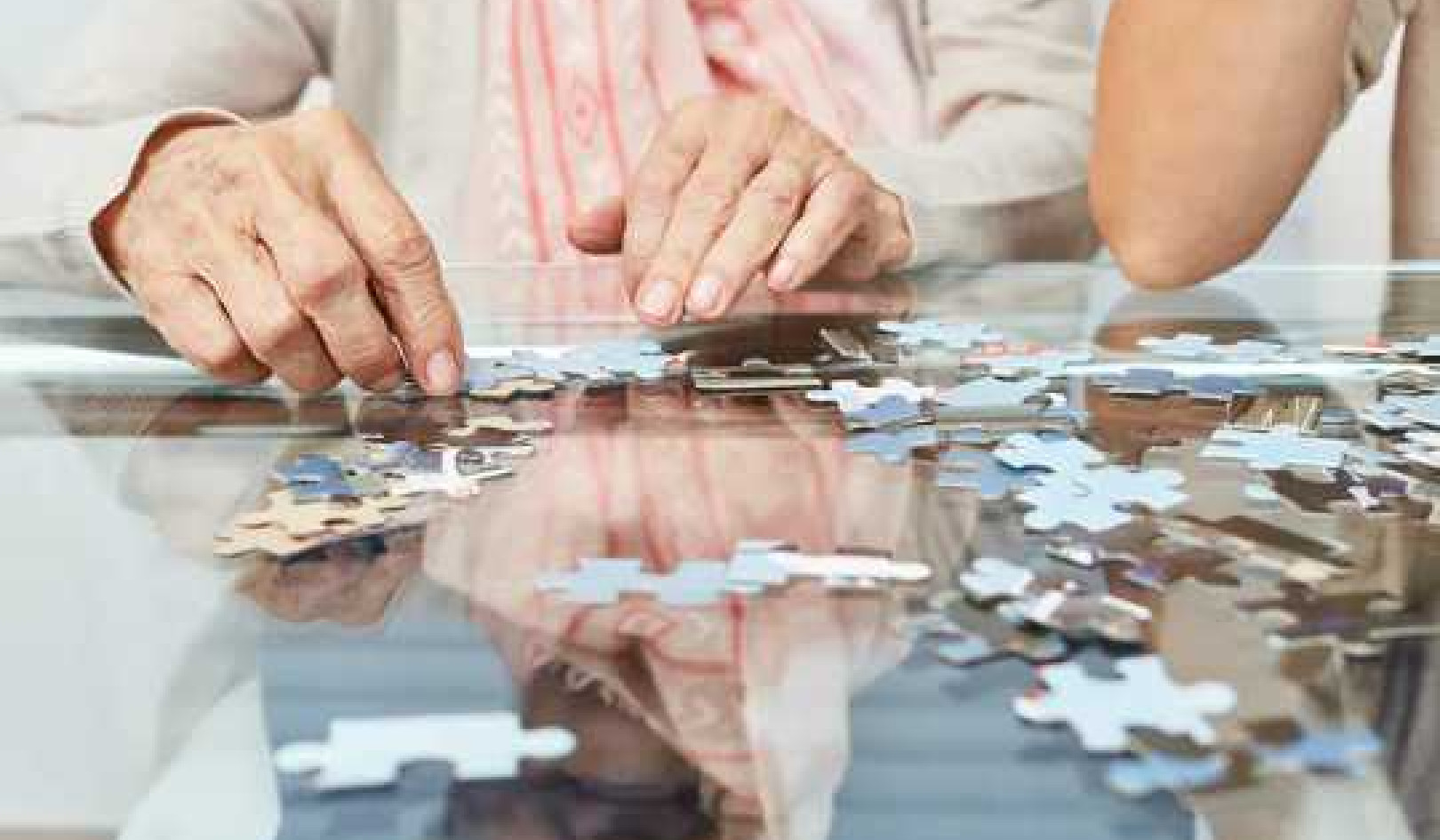Qigong has helped me understand and connect with myself as an energy being. Different forms of qigong emphasize different qualities, from meditative and healing to medical and martial arts; some incorporate branches of philosophy, such as Confucianism, Taoism, and Buddhism.
If you wish to understand this further, I highly recommend Kenneth Cohen’s 1997 book, The Way of Qigong, for further enquiry, guidance, and technique. This book became a bible for me during my training, and I was honoured to eventually be able to meet and train with Kenneth. The book will provide you with deep insight, inspiration, and tools to engage with the work.
In my opinion, a great teacher is one who facilitates the foundations for the qigong itself to be the teacher. This deep, experiential training was gifted to me by my dear teacher and friend Clara Apollo, who I endorse as an expert in this field in the UK. Ultimately, finding a class and teacher who facilitates your own exploration with the qi in your body will awaken you to its health-giving properties.
Qigong: Energy Medicine and Antidote to Stresses
There are hundreds of studies that document the huge health benefits of this energy medicine, from healing diabetes and autoimmune disease to overcoming sleep disorders and balance issues. Qigong brings substantial health to the body’s biofield, energy meridian flow, breath and nervous system, immune system, endocrine function, and mind.
Qigong is a practice of engaging the mind and body wholeheartedly, using gentle distinct movements and standing, walking, and seated meditations to allow ourselves to empty, observe, and move energy for health, relaxation, and vitality. This can feel challenging for beginners of qigong, who may be used to the mind’s drive to be in action or to manipulate reality rather than observe. We are largely doers rather than beings, and are conditioned through cause and effect, exemplified by the common belief “We must work hard in order to achieve”.
When you first experience qigong, you may find discomfort as you begin to notice where your stresses and tensions are. Chances are that you already have some awareness, but this can be amplified when the rest of the body begins to relax. Qigong can truly be an antidote to stresses, enabling them to unwind and be cleared from the body’s energy field and mind, thus releasing tension patterns built up in the physical body.
Qigong movements that help to cultivate energy and bring healing to the body have been found in Taoyin illustrations dating back to 168BC. The practice is largely influenced by Taoism, the early Chinese spiritual philosophy that teaches simplicity, our innate connection to the cosmos, and principles for living that enable this connection to both radiate into and reflect the inner worlds of our mind, body, and spirit. With deep qigong practice, we are one with the cosmos, as it is one with us.
The Tao Te Ching, written by the legendary spiritual teacher Lao Tzu, is classic literature that speaks of the wisdom beyond the knowing mind. Qigong practice reflects the philosophy depicted in that time.
It is a sacred art and practice where, with dedication, we can have the opportunity to nurture our being towards its fullest potential. Ultimately, this is through a practice of surrender and engagement, of emptying and activating, and of harmonizing the aspects of duality in our consciousness.
Qigong is a gift in itself, which connects us to our internal treasures, from which life begins to shape itself. It helps direct our higher truth and knowing towards a righteous path, a coming back to ourselves, and a harnessing of our qi in the soul’s journey.
Wuji – Empty Energy
Wuji is the standing posture that we do the majority of movement from in qigong. It is a standing posture that represents limitlessness, whereby the physical body becomes a conduit for the opposing forces of heaven and earth, bringing these forces into balance, thereby resolving and transcending issues of duality. In Wuji, the body is relaxed yet active, is balanced and rooted.
Standing in Wuji is highly beneficial, both to release body tension and to raise awareness of your whole self. This is a practice of mindfulness, as we become observers of our whole being. If you are unable to stand, practise this posture seated in a chair that is of a height where you can place your feet on the ground and sit without leaning on the back of the chair. Wear flat shoes to help your posture or bare feet, as we are going to connect with the earth energies and activate our kidney meridian.
- Place your feet parallel, shoulder width apart. Allow your feet to spread and imagine them rooting down. Settle your body weight down through the centre of the balls of the feet (known as the bubbling spring or kidney point) into the earth.
- Soften your knees and ankles so that they are slightly bent and unlocked, to help this sense of rooting down and to allow the energy to flow.
- Begin to relax the muscles in the legs, trusting the skeletal structure to support you. Allow the joints to soften, with the muscles active enough to hold you up but still relaxed.
- Relax your hip joints and the area where the tops of the legs meet the trunk of the body, and start to unwind and correct the posture of the pelvis (known as the kua). Allow the pelvis to drop, imagining it open and spacious, like a cradle or hanging basket, and position it so that it hangs neutrally. This will open up the kua, the ming men (back door to the dan tian), and help release the hips.
- Maintain this sense of downward connection in the legs through the feet and into the earth by surrendering to gravity; in doing so, the Yin energy of the earth will come to meet you, and rise through the “bubbling spring” points in balls of the feet. From the coccyx up, bring your awareness up along the length of your spine, through all of its natural curves. Create a sense of space through each vertebra as the energy rises through the neck to the top of the crown. Visualize the muscles of the neck and back opening and lengthening.
- Allow your head to feel like it is suspended by an imaginary golden thread from above the crown, then as you sense the space above your head, align this so that the back of your neck is lengthened. Allow your jaw to release, which may bring the chin slightly closer to the chest. Take some time to do this, allowing tensions to unwind, until the head becomes free, as if suspended and balanced on the top of the spine.
- Place the tip of the tongue on the roof of the mouth in order to connect the energetic pathway of the small heavenly circuit. This is a superhighway meridian, which runs up the spine, along the top of the head, drops down the front of the body, and connects under the perineum, forming a circuit.
- Relax your shoulders, creating a little space underneath the armpits to aid energy flow. Allow this relaxation to spread down through the arms and slightly extended fingers until they are actively relaxed. Much energy travels down through the arms and hands in qigong, and holding the arms lightly enables a clearer energy flow.
- Relax your stomach muscles. This enables the diaphragm to engage, and breathing can become easier. The breath will self-regulate when you give it the conditions to do so. Now bring in the intention for your breath to slow down. Without changing your breath in any way, just have the intention (tell it) to slow down.
- Calm your mind. Again, have the intention for your mind to calm. As you connect with the vital forces of heaven through the crown of the head and the earth through the feet and begin to sense and observe your body through a different lens, your mind will quieten. Begin to observe your internal world and experience. The internal critic may show up, and if it does, welcome it in to receive and witness the qi flow; it will soon be grateful to surrender!
When you take the time to connect deeply with yourself, with the intention of bringing about positive change, you will gain internal knowledge and healing that are, in my opinion, your greatest gift to yourself. This is an honouring of you, of your own alchemical process, and a practice of self-love. The world will wait and will surely benefit from you engaging in your own process of self-healing and discovery.
The Bubbling Spring
The bubbling spring is the point to be aware of when you come into your Wuji stance. It is located in the centre of the balls of the feet, at the acupuncture point “kidney 1”, through which the water element of the body connects with the rising energy of Gaia, our living, breathing, beautiful, resourceful Earth.
As you enter Wuji, setting up this energy pathway with intention in your mind, it is like plugging your phone in to charge its battery. Everything below you is made of molecules and peptides, energy that is connected all the way to the earth. You, of course, will get a beautiful connection by simply standing on the earth’s surface, but activating the bubbling spring point and intending this connection is enough for the energy pathways to open and flow.
©2019 by Nikki Gresham-Record. All Rights Reserved.
Excerpted with permission from Working with Chakras for Belief Change.
Publisher: Findhorn Press, an imprint of Inner Traditions Intl.
FindhornPress.com and InnerTraditions.com
Article Source
Working with Chakras for Belief Change: The Healing InSight Method
by Nikki Gresham-Record Working with Chakras for Belief Change transforms people’s unhelpful beliefs through clearing their chakras, raising their vibrations, and creating a fertile space for the New to come in. The Healing InSight Method presented in this practical full-color book is based on affirmations used together with individual chakra work and specific bodywork exercises, including techniques drawn from kinesiology, qigong, whole-brain integration, visualization, and infinity symbol exercises. (Also available as a Kindle edition.)
Working with Chakras for Belief Change transforms people’s unhelpful beliefs through clearing their chakras, raising their vibrations, and creating a fertile space for the New to come in. The Healing InSight Method presented in this practical full-color book is based on affirmations used together with individual chakra work and specific bodywork exercises, including techniques drawn from kinesiology, qigong, whole-brain integration, visualization, and infinity symbol exercises. (Also available as a Kindle edition.)
Related Books
About the Author
 Nikki Gresham-Record is one of the UK’s leading spiritual healers as well as a chartered counseling psychologist and teacher of Reiki and Qigong. She developed her Healing InSight Method for belief change by drawing on her professional background and her interest in vibrational-emotional healing and the power of belief. She works with a broad client base as well as facilitates workshops. For more info visit nikkigreshamrecord.co.uk
Nikki Gresham-Record is one of the UK’s leading spiritual healers as well as a chartered counseling psychologist and teacher of Reiki and Qigong. She developed her Healing InSight Method for belief change by drawing on her professional background and her interest in vibrational-emotional healing and the power of belief. She works with a broad client base as well as facilitates workshops. For more info visit nikkigreshamrecord.co.uk


























